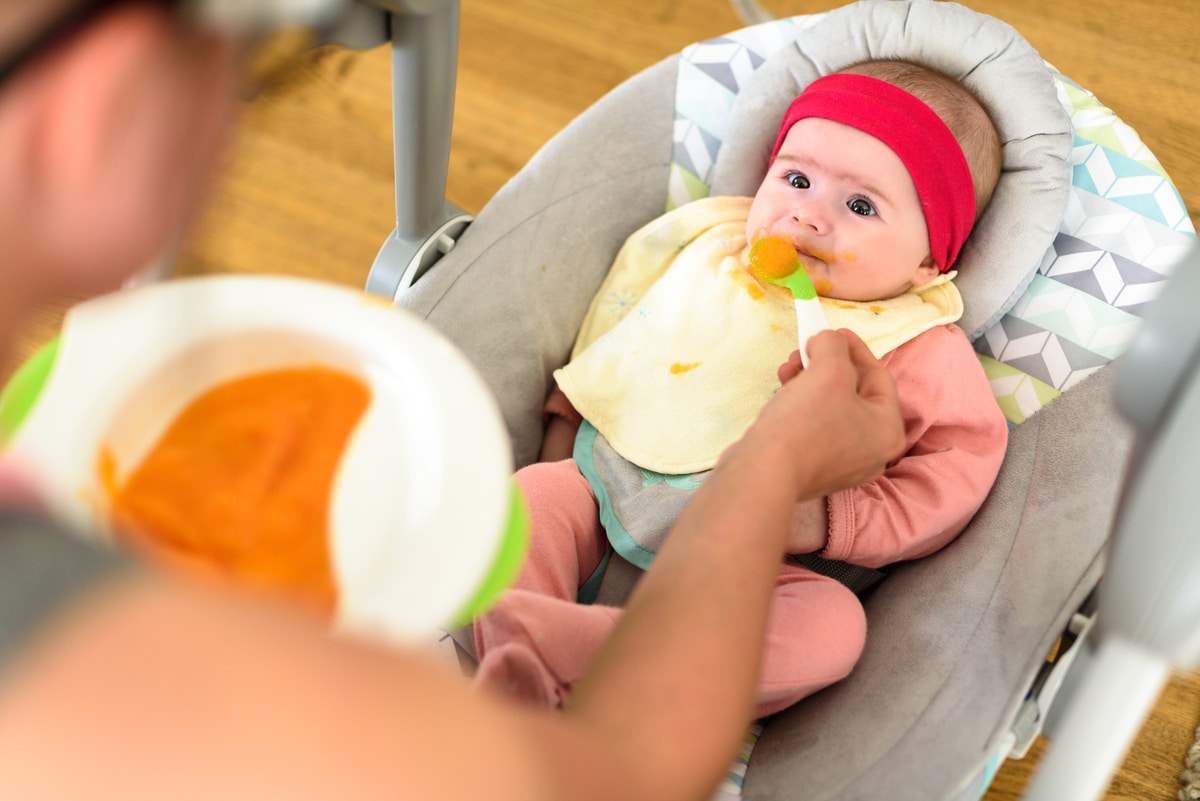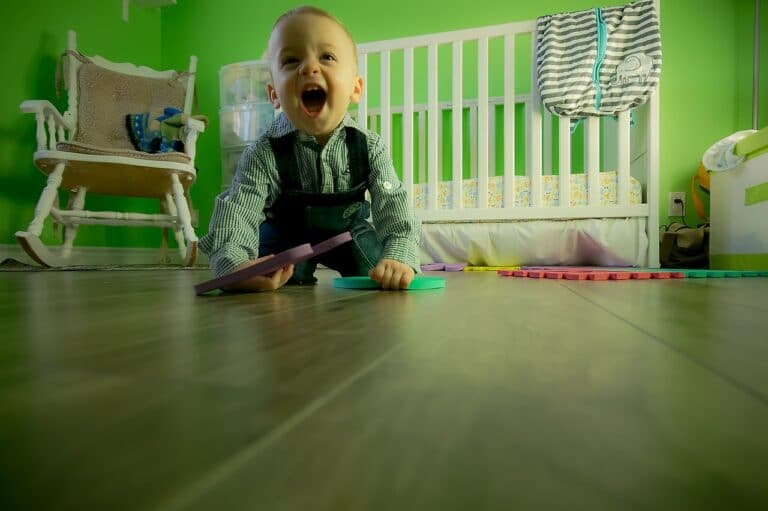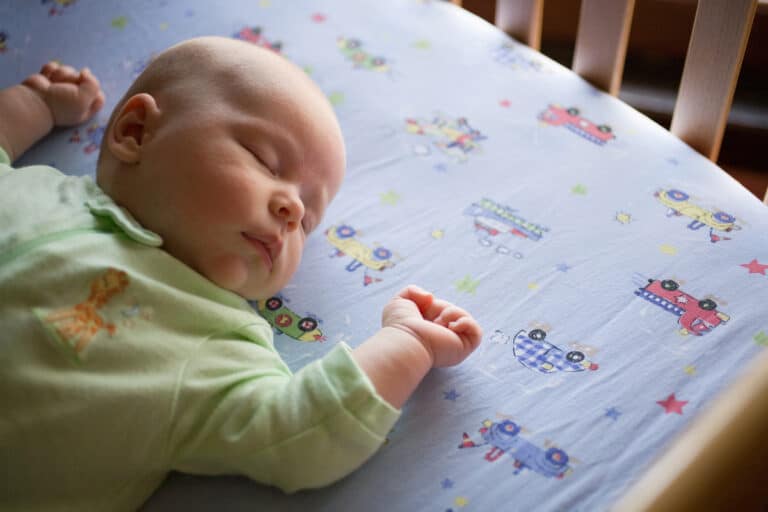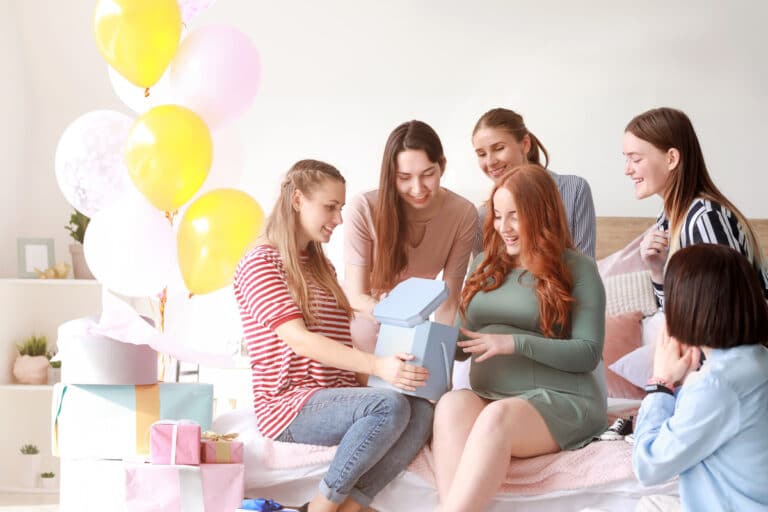Storing food can be more cumbersome than how it seems. This is especially true for baby food.
Things like size, properties, and the expiration of baby food should be considered.
Here are some tips to help you store your baby’s food.
What makes baby food different
Babies have weaker immune systems compared to everyone else. This is because their immune systems are still forming, making them more vulnerable to bacteria.
Spotting bacteria is difficult, but they do pop up in food if left unchecked. This is why more care and attention should be given to their food.
This applies both in the nutrition and the preservation of its shelf life.
Since these types of foods are targeted toward babies, most are homemade.
Storing homemade baby food will require tight sealing or refrigeration to preserve it and protect it from bacteria.
Another thing to note is that babies typically eat in small quantities. The best thing to do is make them in large batches and store the rest for other days. More on this in the section on freezing.
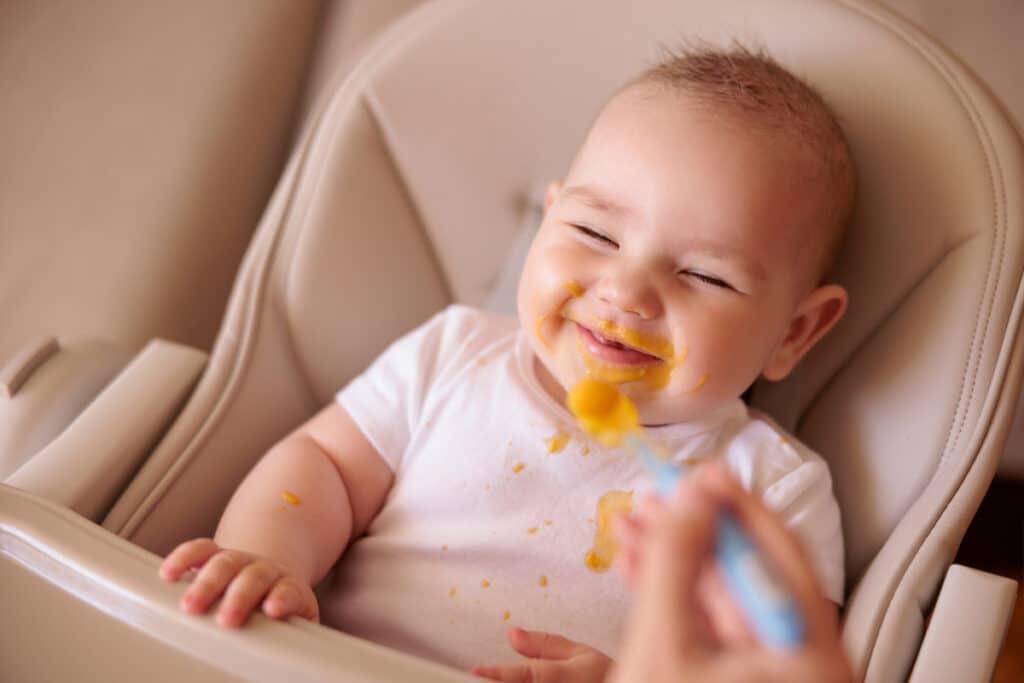
Baby Food Shelf Life
Unless they are in the freezer, baby food should take up less time being stored.
The goal is to keep it away from bacteria. Bacteria can enter food if you leave them for too long in the fridge or can come from leftovers.
Baby food that consists of fruits and vegetables can stay in the refrigerator for about two to three days and six to eight months inside a freezer.
If three days have passed and their food is still left in the fridge, dispose of them.
As for homemade baby food, they typically last for a day or two. They can last for a month or two if kept in the freezer.
As for how to properly store them, here’s how you can do it.
Freezer
If long-term is the plan, the freezer is the best place to keep it safe and ready to eat for an extended duration.
This is different from freezing your own food. For starters, you put them in ice trays.
Homemade baby food is softer, allowing them to be poured on ice trays. This is also a good way to divide the baby food into portions big enough for your child.
Before anything else, clean the ice trays thoroughly. Once it’s clean, start pouring the baby food into sections of the ice tray and then cover it with plastic wrap.
Wait until the food freezes and turns into solid cubes. Once that happens, pop them out and put them inside plastic freezer bags.
When it’s time for the baby to eat, grab one and thaw it out.
An alternative to ice trays is a cookie sheet. Place the baby food on the cookie sheets like how you would place the cookie dough in them.
Deep freezers are best for the long-term storage of baby food. Deep freezers can handle temperature control better than regular freezers, which is something you want when storing baby food.
Regular freezers are still okay. In this case, keep the freezer opening and closing to a minimum.
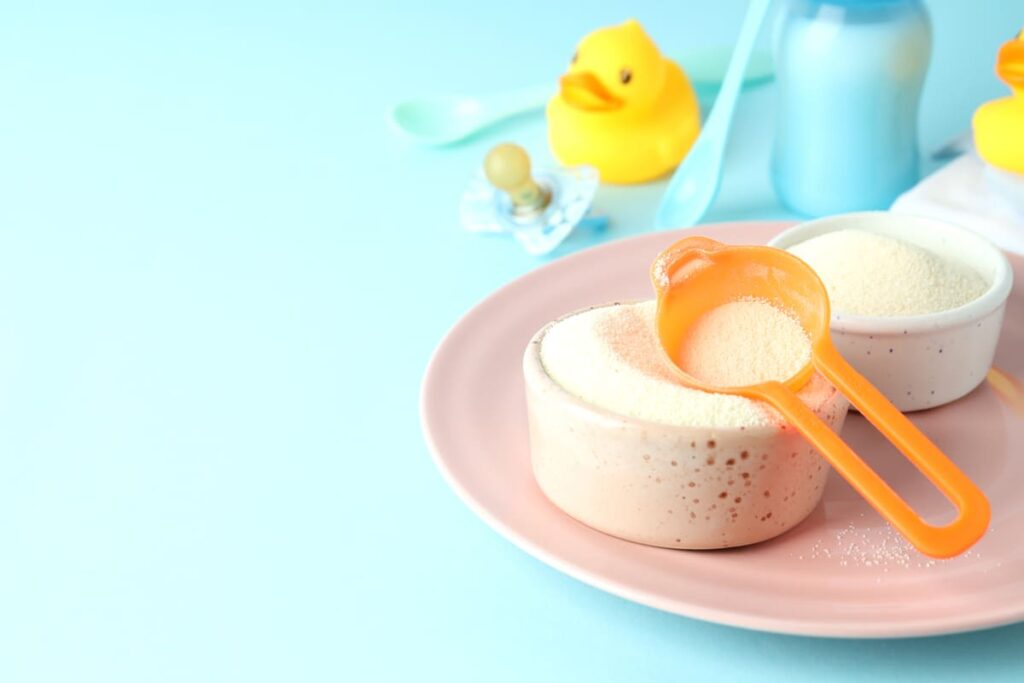
Warming Baby Food
Thawing the baby’s food might take a while, but keeping the heat low to medium is crucial. It just needs to be warm enough to thaw and remove any bacteria that might have been present.
Here are some ways to warm your baby’s food before eating time.
Microwaving
Ensure the food is in a glass container or bowl before being in the microwave.
Keep the microwave power at around 50% or have it set to thawing if your microwave comes with that feature.
Stovetop
Another way to thaw out your baby’s food is via a stovetop.
Keep it at low heat until it is no longer frozen.
Refrigeration
Keeping baby food in the refrigerator is viewed more as a way of thawing out baby food from the freezer.
This is because while you can store them in the fridge, they have a shorter time to be eaten than in the freezer.
The thawing process will take around four to twelve hours. Keep this in mind before bringing the food out of the freezer. Keeping it in the fridge overnight is recommended.
Keep them sealed in a container to protect them from contamination.
Leftovers and Reheating?
What if there are leftovers? Can’t I reheat them for another time?
It is best to reheat baby food once. After that, they should be thrown away.
While homemade baby food lasts when frozen, the shelf life starts moving once it leaves the freezer and starts being eaten.
This also gives an opening for bacteria. Even if freezing and heating can take care of them, being present for longer periods still increases the chances for bacteria to enter.
This places importance on portioning. Only bring out enough for one meal.
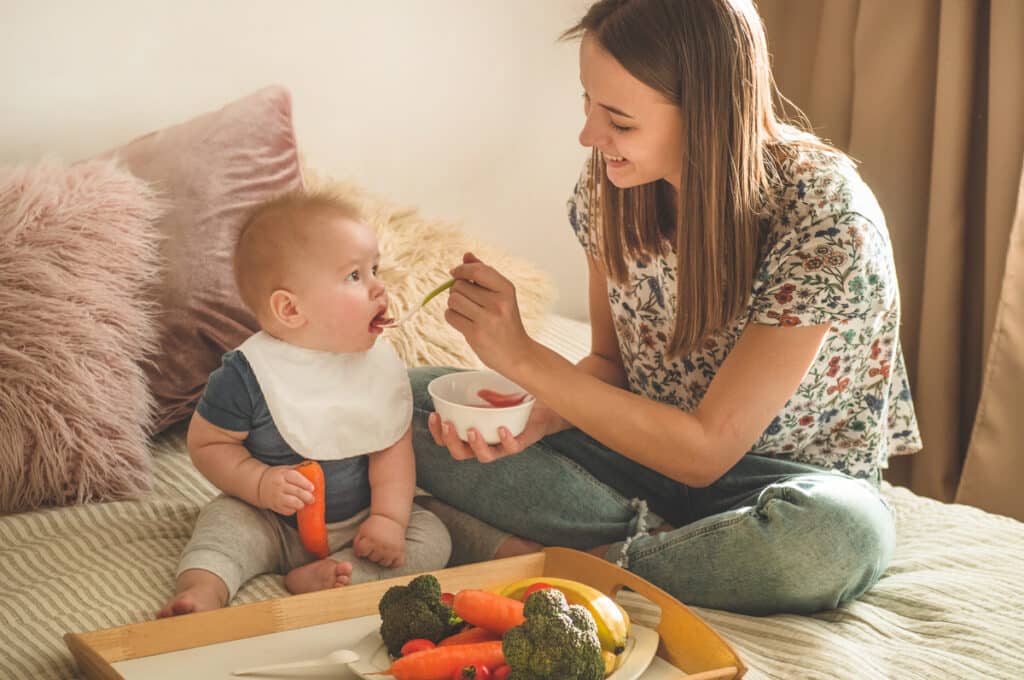
Store Bought Baby Food
What about store-bought baby food? Do different rules apply here? More importantly, are they recommended?
Luckily, you can still give your babies store-bought baby food. This is especially true for companies that specifically make baby food or have a dedicated line for baby food.
You will need to check some things when you go to the grocery store.
First, see the expiration date. Ensure that the product is still fresh and can last until your next visit to the grocery.
This next step is specific to baby food. There are certain stages based on how old your baby is.
The stages are placed to help babies ease their way into eating solid foods.
The first stage consists of single ingredients with thin textures. Once the baby has tried different single-ingredient foods with no problems, they can move to the second stage.
The second stage is similar to the first but has a thicker texture and includes more than one ingredient.
The third stage consists of lumpy mashes made from more than one ingredient. The fourth stage is finger food for older toddlers who can easily chew and swallow.
See the stage written on the package and verify if it matches your child’s age.
Do not feed your baby store-bought food straight from the jar unless it’s small enough to finish in one sitting.
If you wish to store it, get a small enough serving and place it on a separate plate. This is to keep the chances of bacteria contamination to a minimum.
Frequently Asked Questions
What else is a good sign that store-bought food is okay?
See if it makes a pop sound. This means that it was airtight and hadn’t been opened yet.
Are there ways to develop their food intake?
Keep introducing new foods to them. This will help them take in different kinds of food in the future. Ensure that the food you introduce is good for them and easy to eat.
Can I serve baby food cold?
Yes, you can. It is okay to serve baby food cold if you are at room temperature or slightly warmer temperature. However, it is still best to heat it a bit as a precaution.
Conclusion
A baby’s nutrition is important as it helps them stay healthy and develop their immune system.
Until they can handle whole foods, it is vital to be careful with the food they can eat. That includes properly storing them.

